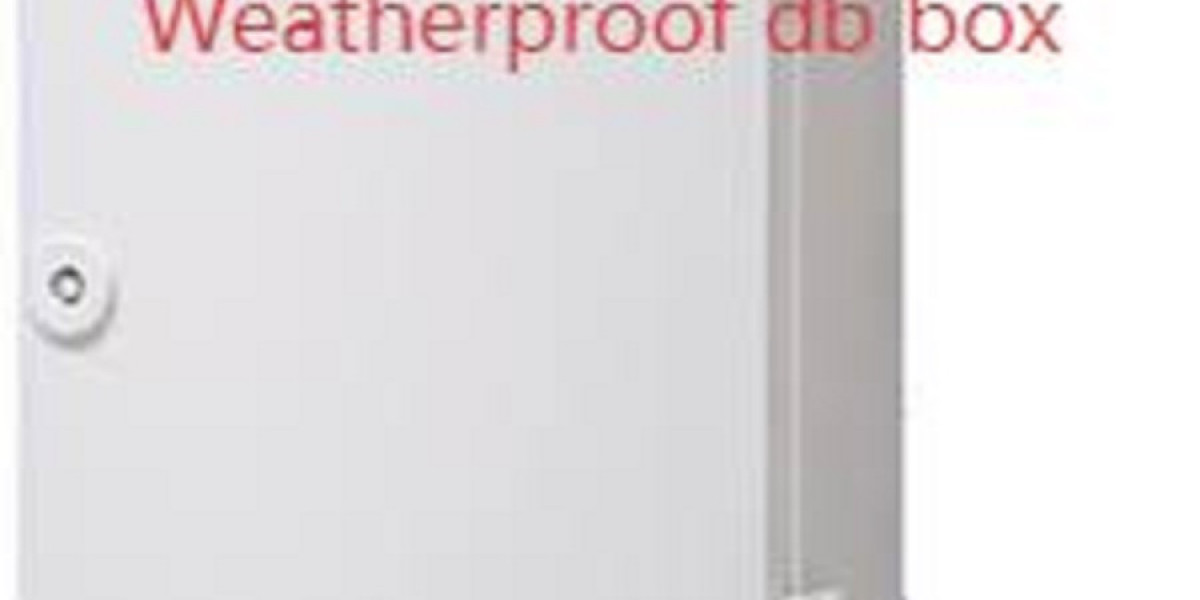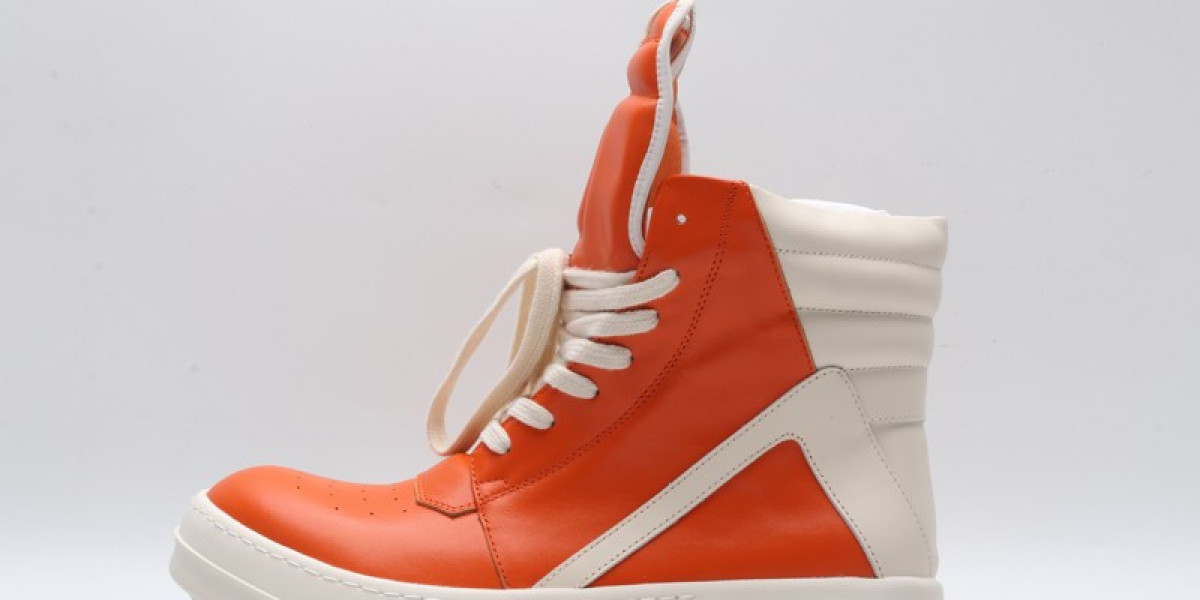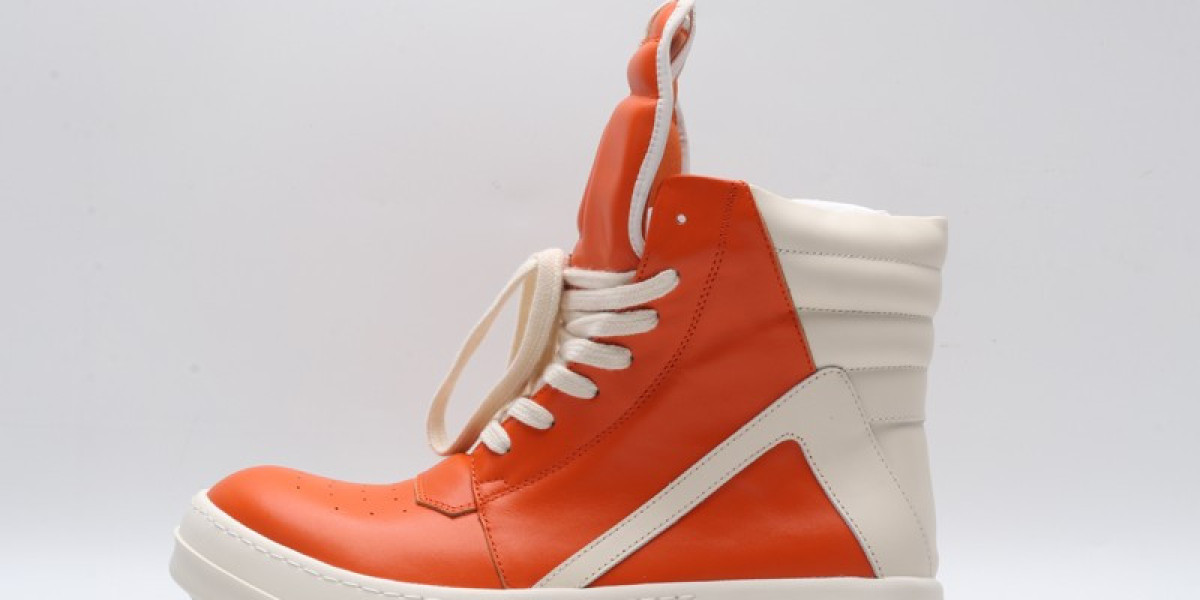Outdoor power installations must be specified with care because exposure to weather, dust, and mechanical stress quickly reveals weak design choices; installing a properly rated Weatherproof db box during the planning phase reduces corrosion risks and simplifies maintenance. Good specification also anticipates future changes in load and control, which is why choosing the right Weatherproof db box early prevents costly retrofits and keeps systems safe and serviceable for years.
Materials That Endure the Elements
Longevity begins with material selection. UV-resistant polymers resist embrittlement and fading, while powder-coated aluminum and stainless steel provide structural strength and corrosion resistance in harsher environments. Fasteners and mounting hardware should be marine grade where salt spray or chemicals are a concern. Gasket compounds such as EPDM and silicone maintain elasticity across temperature extremes, preserving the sealing plane through repeated openings and closings.
Ingress Ratings and Impact Protection
Objective performance metrics make specification straightforward. Ingress Protection ratings (IP) quantify resistance to dust and water; for many exterior applications IP65 is a practical minimum, with IP66 or IP67 recommended for high-pressure cleaning or temporary submersion conditions. Impact-resistant ratings (IK) specify how well an enclosure resists mechanical shocks, an important consideration for public or high-traffic installations. Ask suppliers for independent test reports that detail test conditions and results.
Thermal Management and Internal Layout
Thermal planning protects both the enclosure and its contents. Equipment such as transformers, drives, or communications modules generate heat that must be managed to avoid premature failure. Passive strategies—heat-dissipating mounting plates, optimized cable routing, and generous internal spacing—often suffice. When active cooling is required, choose filtered ventilation or fan modules that preserve the enclosure’s protective rating. Thoughtful internal segregation of high- and low-voltage zones simplifies wiring and improves safety.
Nante Installer-Friendly Features
Design details that help installers shorten field time also preserve long-term performance. Features to look for include removable mounting plates, captive screws that remain attached to covers, multiple gland entry options, and DIN-rail compatibility. Clear internal labeling and adjustable mounting bosses reduce wiring errors and speed retrofits. Accessory kits—spare gaskets, strain-relief clamps, and mounting brackets—make repairs faster and more reliable in the field.
Siting, Mounting, and Best Practices for Durability
How an enclosure is mounted influences its performance as much as its construction. Mount on rigid, vibration-free surfaces and orient cable entries to avoid runoff pooling at seals. Use properly sized cable glands and strain relief to prevent conductor fatigue at entry points. Follow manufacturer torque recommendations to avoid gasket distortion. In condensation-prone climates consider breathable membranes or small engineered vents that allow humidity to escape without admitting contaminants.
Modularity, Accessories, and Future-Proof Planning
Expect systems to evolve. Choose enclosures with spare DIN-rail capacity or modular interiors so surge protection, communications gateways, or sensors can be added without replacing the cabinet. Standardized mounting patterns and interchangeable spare parts reduce lifecycle costs. When possible, request configurable accessory trays and pre-cut gland plates that support a range of cable sizes and conduit entries for maximum flexibility.
Maintenance Schedules and Lifecycle Considerations
Routine inspection preserves sealing integrity and equipment life. Create a simple maintenance checklist: inspect gaskets for compression set, verify fastener torque, and look for signs of ingress after storms. Replace damaged or hardened seals promptly and keep a small inventory of spare parts on site for quick repairs. Document maintenance activities to refine future specifications and siting decisions.
Applications and Compliance
Exterior enclosures protect a wide variety of systems: landscape electrical, pool controllers, solar combiner boxes, EV charging peripherals, and temporary site distribution. Match the enclosure to both environmental and electrical duty. When in doubt, require independent certificates for IP and IK ratings and ask for corrosion-resistance test data for coastal or industrial sites so procurement and field teams share a common expectation.
Selecting the right outdoor enclosure balances environmental exposure, thermal needs, installation practicality, and upgradeability. Prioritize proven materials, verified protection ratings, and installer-focused features to reduce downtime and extend equipment life. For configurable product options, technical documentation, and certified selections suited to varied outdoor applications, visit www.nante.com/product/








